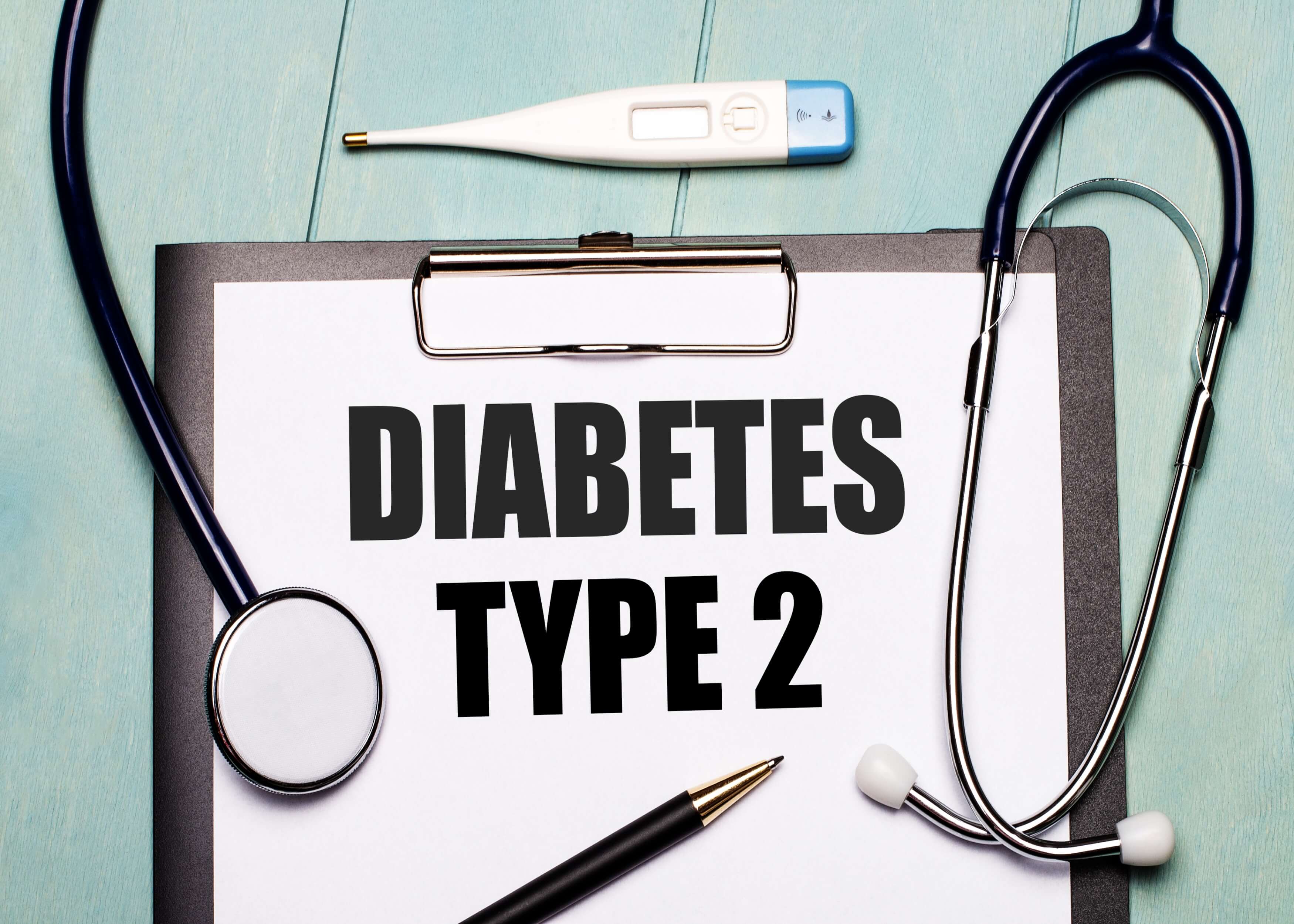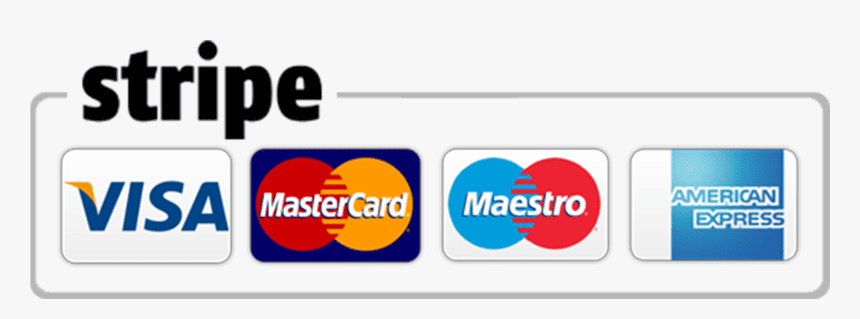PERSONAL BLOG
Type 2 Diabetes
NICE criteria for diagnosis
 Prediabetes: HbA1c - 42 to 47mmol/mol (6 to 6.4%)
Prediabetes: HbA1c - 42 to 47mmol/mol (6 to 6.4%)
 Diabetes: HbA1c - 48mmol/mol or higher (6.5%) on 2 independent occasions OR fasting plasma glucose – 7mmol/L or higher on 2 independent occasions
Diabetes: HbA1c - 48mmol/mol or higher (6.5%) on 2 independent occasions OR fasting plasma glucose – 7mmol/L or higher on 2 independent occasions
👉 HbA1c diagnosis should not be used in the following instances: rapid blood sugar increase/ increased red cell turnover/ pregnancy/ anaemia/ haemoglobinopathies ❌
👉 Where possible a second test should be performed to confirm accuracy
 Gestational Diabetes: oral glucose tolerance test (after 75g load):
Gestational Diabetes: oral glucose tolerance test (after 75g load):
👉 Fasting: 5.1mmol/L or higher
👉 1 hour: 10mmol/L or higher ⏱
👉 2 hour: 8.5mmol/L or higher ⏱

Management
 Blood Pressure Target:
Blood Pressure Target:
👉 Diagnostic thresholds – Clinic BP greater than 140/90, fit ABPM, and if ABPM is greater than 135/85, diagnose hypertension
 Treatment Target:
Treatment Target:
👉 Clinic BP less than 140/90 if patient is over 80 years old (y/o) OR clinic bp less than 150/90 if patient is 80 y/o or older
 Cholesterol Target:
Cholesterol Target:
👉 40% decrease in non-high-density-lipoprotein (non-HDL) cholesterol (to prevent both primary and secondary type 2 diabetes prevention)
 HbA1c Target:
HbA1c Target:
👉 Intensify lifestyle treatment if HbA1C is above 48/6.5% OR intensify all treatment if HbA1c is above 58/7.5%
Treatment
 Lifestyle changes:
Lifestyle changes:
👉 Refer patient to an educational programme when diagnosed
👉 Annually reinforce the importance of diet/lifestyle management
👉 In overweight patients: aim to reduce weight by 5 to 10% ⬇
👉 Ask male patients if they have experienced erectile dysfunction, annually (if so, review CVD risk factors/offer treatments such as PDE5 inhibitor if lifestyle changes alone are ineffective) 👨
 Blood Pressure:
Blood Pressure:
👉 Follow hypertension guidelines presented by NICE (2019)
👉 1st line: patients of all ages/ethnicities should be given an ACE inhibitor (ARB if ACE cannot be tolerated) 💊
👉 2nd line: 2 of the following should be given – ACE, CCB, thiazide-like diuretic 💊
👉 3rd line: ACE + CCB + thiazide-like diuretic 💊
👉 4th line: if potassium is less than or equal to 4.5, add spironolactone to the treatment OR if potassium is greater than 4.5, add alpha/beta blocker to the treatment 💊
 Lipids:
Lipids:
👉 Primary prevention – 20mg of Atorvastatin if QRISK is 10% or higher (reduce non-HDL cholesterol 40%) 💊
👉 Secondary prevention – 80mg of Atorva (reduce non-HDL cholesterol 40%) 💊
👉 Aspirin/antiplatelets - Do NOT use unless CVD already diagnosed 💊
 Glycaemic control:
Glycaemic control:
👉 Intensify treatment if HbA1c is greater than 48/6.5% when lifestyle changes are being used as the only form of management OR intensify treatment if HbA1c is greater than 58/7.5% when any drug therapy is being used as management ⬆
👉 Targets following intensification of treatment: 48/6.5% for patient on monotherapy with metformin/gliptin/piogitazone OR 53/7% for patients on any other treatments 💊
👉 Treatment should be patient specific to ensure the patient’s lifestyle improves
👉 Patient should only monitor their own levels if they are on insulin for example
 Foot care:
Foot care:
👉 Annually examine to identify risk factors (neuropathy [treated with 10mg of monofilament]/ischaemia/ulceration, callouses, infection, gangrene/deformity [Charcot’s arthropathy])
👉 If more than 1 of the risk factors are present, refer the patient
 Autonomic neuropathy:
Autonomic neuropathy:
👉 Hypo unawareness
👉 Urinary incontinence 💧
👉 Gastrointestinal tract symptoms (gastroparesis, treated with erythromycin/diarrhoea)
 Peripheral neuropathy:
Peripheral neuropathy:
👉 Tightly controlling glycaemic levels reduces neuropathy progression
👉 Treat neuropathy according to NICE guidelines
 Renal:
Renal:
👉 Follow NICE CKD guidelines
 Eyes:
Eyes:
👉 Annual screening of eyes 👁
Hypertension in Type 2 Diabetes
 NICE 2019 guidance: hypertension in patients with type 2 diabetes is now treated in the same way as people without diabetes
NICE 2019 guidance: hypertension in patients with type 2 diabetes is now treated in the same way as people without diabetes
👉 Clinic BP higher than 140/90, fit ABPM, and if ABPM is greater than 135/85 - diagnose hypertension
👉 BP should be measured when patient is sitting and standing to identify postural hypertension
👉 Antihypertensive drug treatment - offer to patients with stage 2 hypertension, discuss with patients with stage 1 hypertension who have a greater than 10% 10-year CVD risk, consider it for patients who are under 60 y/o with stage 1 hypertension but have a less than 10% 10-year CVD risk 💊
👉 Initiate treatment with an ACE inhibitor 💊
👉 Aim is to get clinic BP below 140/90 (or 150/90 if the patient is 80 y/o or older) ⬇













